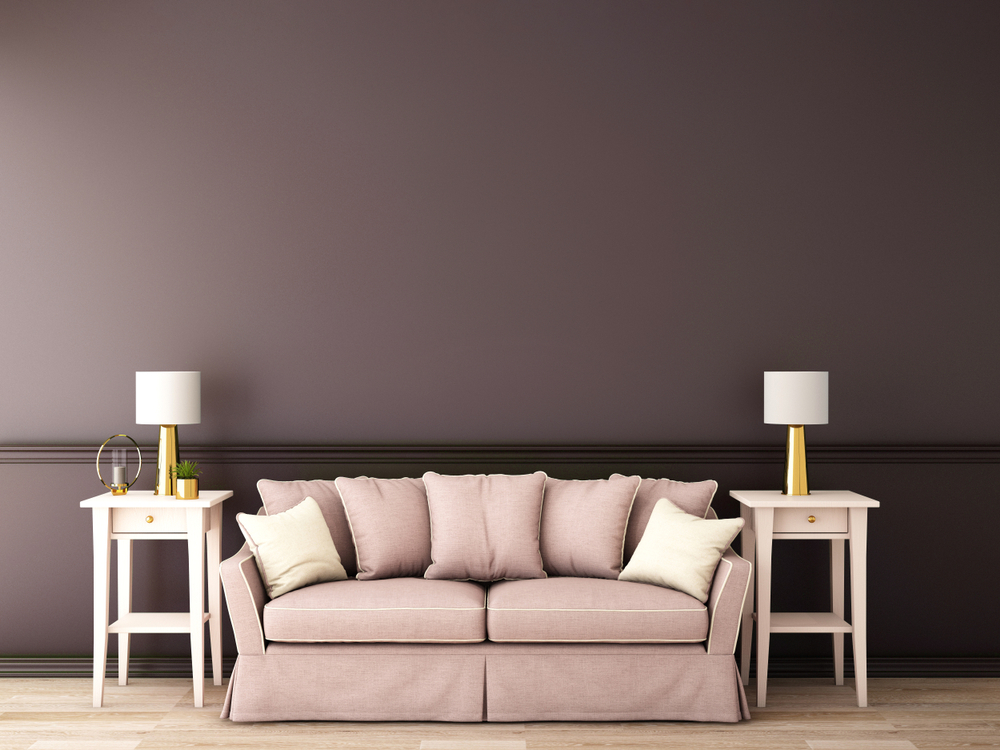
Variety impacts are vital in improvements. Notwithstanding how astounding the plan or style might be, utilizing some unacceptable or unacceptable variety mix can screw up all you've done. You are settling on the best decisions while choosing colors for all your furnishings and house enhancement to cause the shade of furniture to fit with the wall and floor.
While finishing homes, tones can undoubtedly be separated into classes: foundation tone, subject style, and adornment tone. Then, at that point, blend the foundation tone: subject tone: decoration variety in a 6:3:1 proportion.
Take the shade of your walls, floors, and enormous furniture as the foundation for your #1 home style. Then, at that point, take the shade of little furniture, for example, footstools, feasting tables, seats, beds, and other furniture, as the topic tone. At last, the shades of your adornments, like your hanging artworks, little covers, and so forth, ought to be utilized to improve and adjust the room's tone.
Simultaneously, unique matching techniques can be utilized depending on the space.
- Living Room

Couches, television cupboards, and end tables can have similar variety, comparative tones, or inverse tones as the lounge floor, so the enhanced visualization of the parlor is more bound together.
- Dining Area

Warm-shaded feasting tables and seats will quite often make individuals looser, hence, expanding one's hunger.
Besides, utilizing cold-conditioned feasting tables and seats can cause a café to seem cleaner when checked out.
- Bedroom

It is simpler to loosen up in a warm and gentle room. They make a superior air for individuals to rest all the more easily.
At the point when cold-conditioned beds, bedside tables, and so on. are utilized, they will generally give a feeling of visual shrinkage to a room. Then again, using warm-conditioned colors will give a sense of visual extension. Home Shop provides a wide array of neutral-colored furniture pieces.
While choosing furniture tones, it is crucial to know that picking furniture with metal frivolity tones makes for extravagance and a dazzling appearance in the home. Table with dark, white, and dim as the fundamental technique is appropriate for the moderate, wabi-sabi, modern, and numerous styles.
Log-hued and warm-conditioned furniture is quickly excellent in the farmhouse and wooden styles. To put it, legitimate variety application and amicable coordination with the tone of furniture make a lovely environment, all the more in this way, yet also shows the endless appeal of the variety.
- Room's Existing Palette
Begin by considering the existing color palette of the room. Look at the wall paint, flooring, and other significant elements. Choose furniture colors that complement and enhance the current scheme. For instance, if your walls are painted in excellent shades like light blue, consider furniture colors in neutral or warm tones to create a balanced contrast.
- Mood And Ambiance
Colors have the power to evoke emotions and set the mood. Consider the perspective you want to create in the space. Light and neutral furniture colors create a serene and airy atmosphere, while bold and vibrant colors can also add energy and personality to a room. Connect the furniture color with the intended emotional response of the space.
- Consider Natural Light
Natural light can significantly affect how colors appear in a room. A vibrant and inviting color under natural light might seem dull or overly bright under artificial lighting. Evaluate how the furniture color interacts with natural and artificial light sources in your room to ensure consistency throughout the day and night.
- Size And Scale
The size and scale of your furniture should also influence the color choice. In a smaller room, lighter furniture colors create an illusion of more space, while darker hues make the area feel cozier. For larger rooms, you can choose light or dark colors, but ensure they keep the room's proportions manageable.
- Personal Preferences
Your style and preferences should play a significant role in selecting furniture colors. Do you gravitate towards calm and understated tones, or do you prefer bold and vibrant hues? Your furniture's color should reflect your personality and make you feel comfortable and at home in your space.
Conclusion
When choosing furniture colors, consider the existing room palette, the mood you want to convey, lighting conditions, scale, personal preferences, coordination with accessories, timeless appeal, and the potential for creating focal points. Home Shop provides a convenient platform for homeshop.ae, to explore various furniture colors to help you achieve the desired look and feel in your living space. With this guide, you're ready to make informed and inspired choices that will transform your living space into a harmonious and visually captivating haven.




